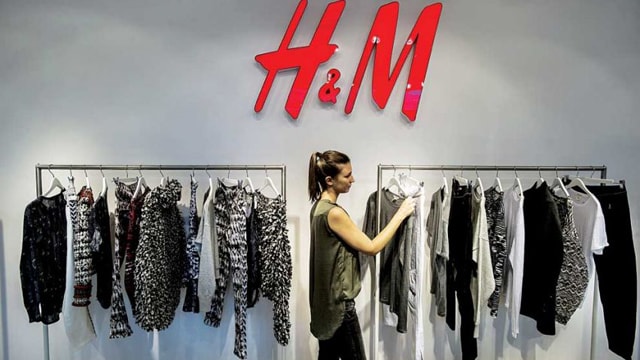Amidst extensive change in the fashion retail industry owing to increased digitalisation, Swedish apparel brand, H&M, has announced a ‘positive’ half yearly (December 2016 to May 2017) financial report.
Sales of H&M including VAT soared 9 per cent to SEK 113,907 million during the first six months of the financial year as against SEK 104,965 million in the same period last year. Sales excluding VAT amounted to SEK 98,368 million, up 5 per cent on the Y-o-Y basis. During the period under review, the fashion giant’s profit settled at SEK 10,920 million, noting an increase of 6 per cent on the yearly note.
Furthermore, H&M gained momentum in the second quarter of the year when its sales including VAT zoomed 10 percent to SEK 59,538 million. Sales excluding VAT; however, tapped a 5 per cent growth to SEK 51,383 million. Additionally, its gross profit increased by 9 percent to SEK 29,345; and profit after tax reached SEK 5,897 million during the said quarter.
Keeping pace with the changing buying behaviour of consumers, the world’s second largest fashion retailer also made considerable investments towards expansion of their digital reach which helped it garner growth in the online segment as well. The fashion retailer’s e-commerce sales increased significantly during the first six months of the FY. Brands under the H&M Group – COS, & Other Stories, Monki, Weekday and H&M Home also recorded rise in their e-commerce sales.
H&M claims Continuous Improvement, Diversification and Expansion of Online Offering; Integration of Physical Stores with the Online Store; Expansion of New Physical Stores with a Focus on Growth Markets; along with Optimisation and Development of the Store Portfolio and Supply Chain; and Advanced Analytics emerged as key factors that helped the fashion brand to perform well even when the markets in US and China remained sluggish. Although it is still a long road for H&M to touch its annual sales target that they missed to achieve last year.
“Sales in the UK, Scandinavia and Eastern Europe as well as in many of our growth markets were good. However, it was more challenging in several of our major markets such as the US, China, the Netherlands and Switzerland,” stressed Karl-Johan Persson, CEO, H&M.
In the meantime, Inditex-owned Zara does relatively better at with standing the sluggish retail market and has witnessed arise in their shares in the recent past.







